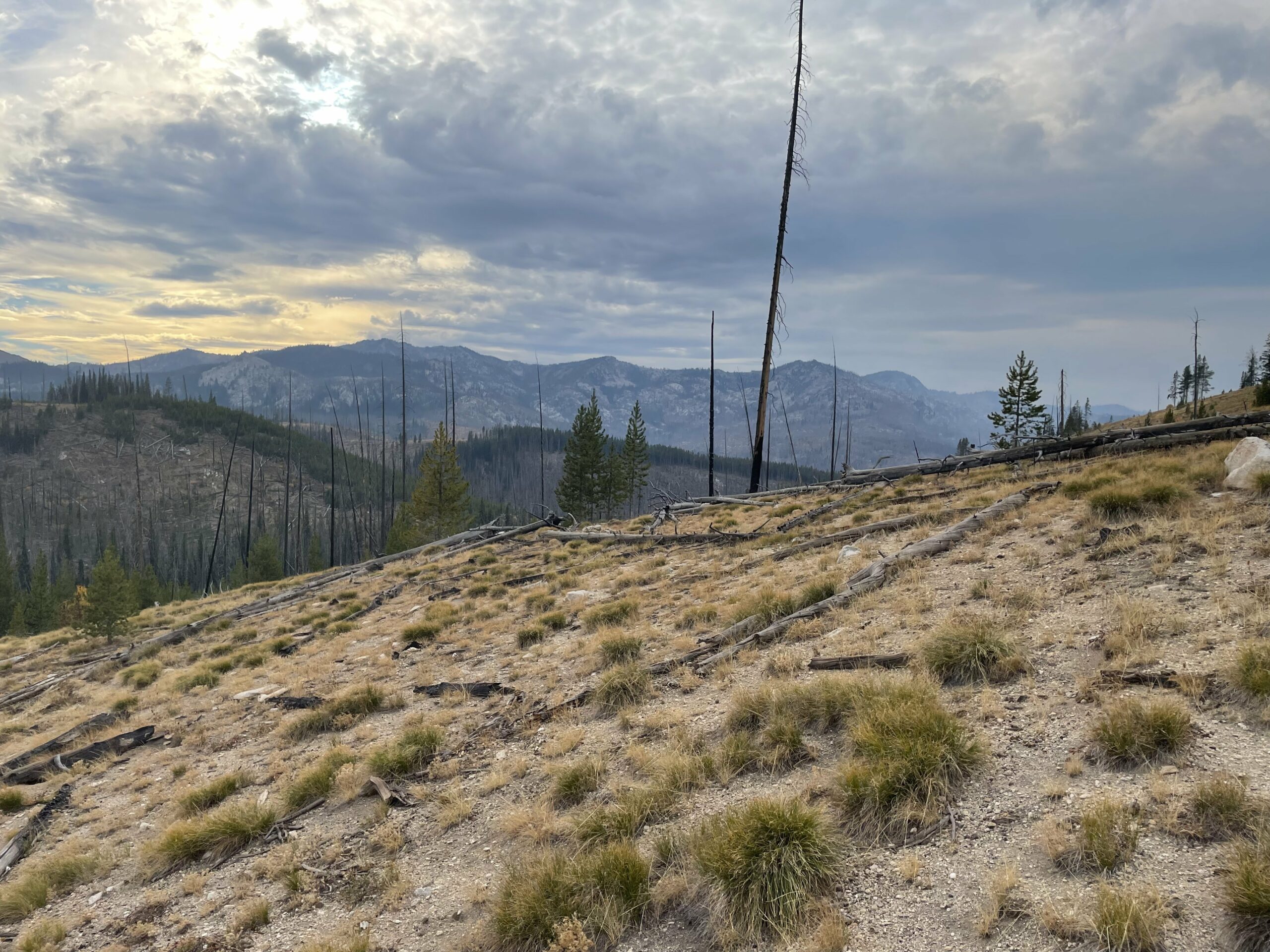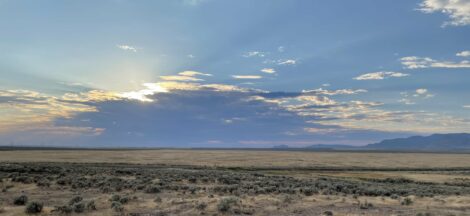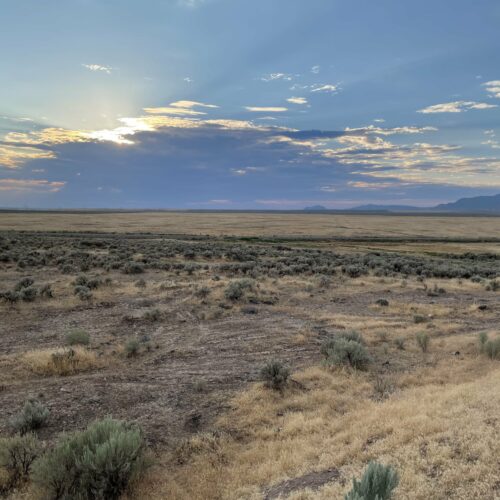Deer Habitat: How It Shapes Your Hunting Approach
Understanding deer habitat is a critical aspect of successful deer hunting. A deer’s habitat can influence their behavior, movement patterns, and the strategies you need to employ while hunting. In this comprehensive guide, we’ll discuss various types of deer habitat, how they affect deer behavior, and how you can adapt your hunting approach accordingly. So, let’s dive in and explore the world of deer habitat and its influence on your hunting success.
1. Types of Deer Habitat
Deer are highly adaptable creatures, capable of thriving in a wide range of habitats. Some of the most common types of deer habitat include:
A. Forests
Forests are the primary habitat for deer in many regions. They provide shelter, food, and cover, making them an ideal environment for deer. Forests can be further divided into various subtypes, including deciduous, coniferous, and mixed forests.
B. Grasslands and Prairies
Deer can also be found in grasslands and prairies, particularly in regions where forests are sparse. These habitats offer less cover for deer, making them more vulnerable to predators. However, grasslands provide an abundance of food in the form of various plants and forbs.
C. Agricultural Lands
Agricultural lands, such as crop fields and pastures, can also support deer populations. These areas offer a plentiful food source, and deer often use the edges of these fields for cover and bedding areas.
D. Wetlands and Marshes
Although less common, deer can also inhabit wetlands and marshes. These habitats provide unique food sources and cover, making them suitable environments for deer in specific regions.
2. How Deer Habitat Affects Behavior
Deer behavior is greatly influenced by the type of habitat they inhabit. Here’s how each habitat type can impact deer behavior:
A. Forests
In forested habitats, deer tend to be more active during dawn and dusk, as they move between bedding and feeding areas. They often utilize trails and natural funnels in the landscape to navigate the woods. Deer also seek refuge in thickets and dense vegetation, which offer cover from predators and inclement weather.
B. Grasslands and Prairies
In grasslands and prairies, deer behavior can vary depending on the availability of cover. In areas with sparse cover, deer may be more cautious and stick to areas with tall grass or shrubs for concealment. In contrast, in regions with ample cover, deer may be more active throughout the day as they move between feeding and bedding sites.
C. Agricultural Lands
Deer in agricultural areas often have predictable feeding patterns, as they are drawn to crop fields for sustenance. However, they may be more skittish in these environments due to increased human activity and reduced cover.
D. Wetlands and Marshes
Deer in wetlands and marshes may exhibit unique behaviors, such as feeding on aquatic vegetation or bedding in areas with tall grasses and cattails. Their movements may be more restricted due to the challenging terrain and limited food sources.
3. Adapting Your Hunting Approach Based on Deer Habitat
To increase your hunting success, it’s essential to adapt your approach based on the deer habitat you’re hunting in. Here are some tips for adjusting your hunting strategy for different habitat types:
A. Forests
In forested areas, focus on identifying travel corridors, such as deer trails, saddles, or creek bottoms, that deer use to move between bedding and feeding sites. Set up tree stands or ground blinds near these corridors, ensuring that you remain concealed and downwind of the deer’s likely path. Additionally, consider using calls and rattling antlers to lure deer within shooting range.
B. Grasslands and Prairies
When hunting in grasslands and prairies, concentrate on locating areas with ample cover, such as tall grass, shrubs, or wooded edges. Deer are likely to use these areas for bedding and travel. Spot and stalk techniques can be effective in these open habitats, but be prepared to cover large distances and remain patient as you search for deer.
C. Agricultural Lands
In agricultural environments, focus on the edges of crop fields where deer are likely to feed. Set up tree stands or ground blinds on field edges, fence lines, or wooded areas adjacent to agricultural fields. Utilize trail cameras to monitor deer activity and patterns around these fields, and adjust your hunting approach accordingly.
D. Wetlands and Marshes
Hunting in wetlands and marshes can be challenging due to the difficult terrain and limited visibility. Focus on identifying deer travel routes and feeding areas, such as trails through the marsh or patches of aquatic vegetation. Ground blinds can be effective in these environments, but be prepared for the possibility of longer shots due to limited visibility.
4. Scouting and Preparing for Your Hunt
No matter the habitat type, thorough scouting is crucial for successful deer hunting. Use aerial imagery, topographic maps, and on-the-ground scouting to identify key features of the landscape, such as bedding areas, feeding sites, and travel corridors. Trail cameras can be invaluable tools for monitoring deer activity and patterns in your hunting area.
Additionally, practice shooting in various conditions and distances to improve your accuracy and confidence in the field. Familiarize yourself with the local deer population, their behavior, and the challenges specific to the habitat you’ll be hunting in. This knowledge will enable you to adapt your hunting approach and increase your chances of success.
In conclusion, understanding deer habitat and its influence on deer behavior is a crucial aspect of successful hunting. By familiarizing yourself with different habitat types, adapting your hunting approach accordingly, and thoroughly scouting your hunting area, you can greatly improve your chances of harvesting a deer. So, get out there, explore the diverse world of deer habitat, and watch as your hunting success soars.





 The Crucial Role of Wind Direction in Deer Hunting
The Crucial Role of Wind Direction in Deer Hunting